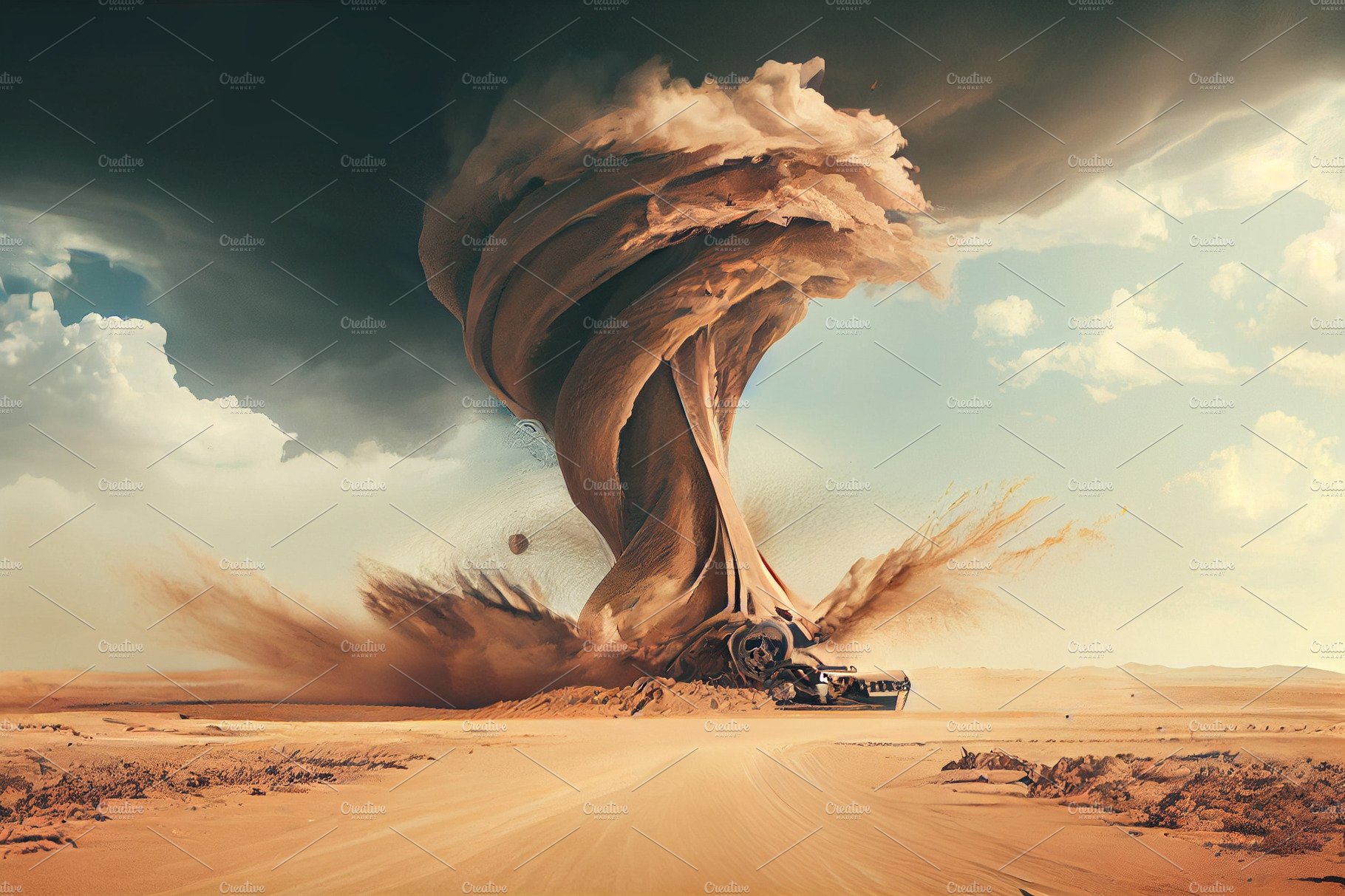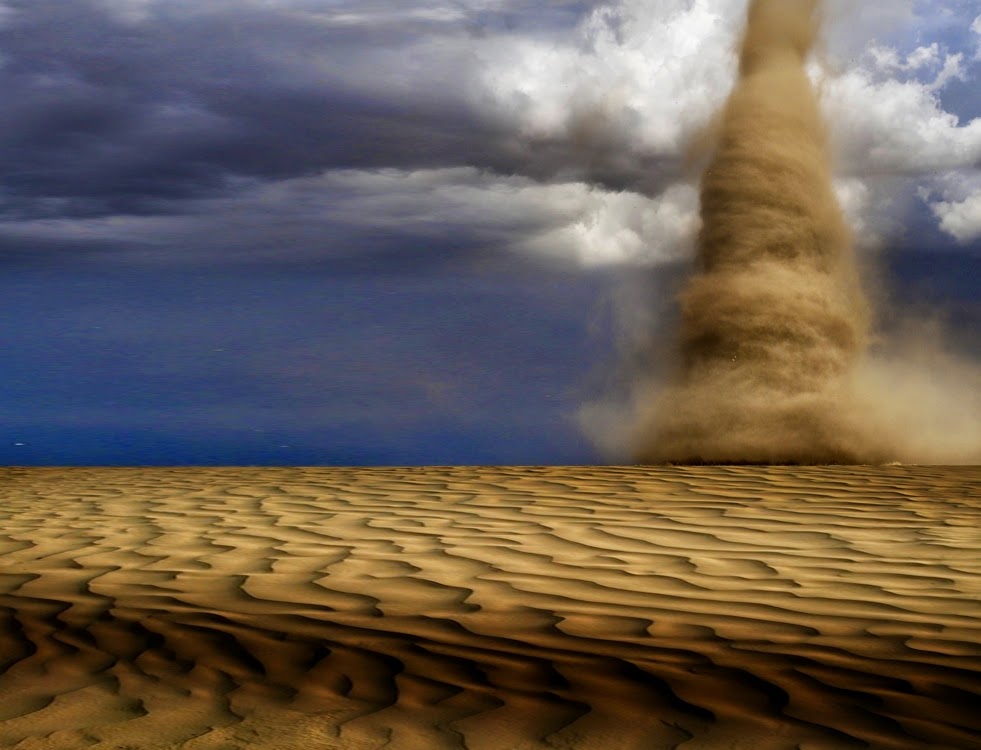Understanding Dust Devils and Skydiving

Dust devils, swirling columns of air that pick up dust and debris, are a common sight in arid and semi-arid regions. These atmospheric phenomena, while often visually striking, can pose a potential threat to skydivers, especially during landing. Understanding the formation and characteristics of dust devils is crucial for skydivers to be aware of the hazards they present.
Dust Devil Formation and Characteristics
Dust devils form when the ground surface is heated unevenly by the sun, creating pockets of warm air. This warm air rises, and as it does, it begins to rotate due to wind shear or other atmospheric conditions. As the rising air rotates, it draws in more air from the surrounding area, creating a vortex that can reach heights of several hundred feet. Dust devils are typically characterized by their relatively small size, short lifespan, and weak winds.
Dust Devil Hazards for Skydivers
While dust devils are generally harmless, they can pose a threat to skydivers during landing.
- Reduced Visibility: The dust and debris kicked up by a dust devil can significantly reduce visibility, making it difficult for skydivers to see the landing area or other skydivers.
- Strong Winds: While the winds within a dust devil are typically weak, they can be strong enough to push a skydiver off course or cause a hard landing.
- Disorientation: The swirling dust and debris can disorient skydivers, making it difficult for them to maintain their balance and control.
Dust Devil Encounters in Skydiving
There have been several reported instances of skydivers encountering dust devils during their jumps. In some cases, skydivers have been able to avoid the dust devil by maneuvering their parachutes, while others have experienced a sudden gust of wind or a brief period of reduced visibility.
Safety Measures and Prevention: Skydiving Accident Dust Devil

Dust devils, while fascinating natural phenomena, can pose a significant risk to skydivers. Understanding their characteristics and implementing appropriate safety measures is crucial to mitigating this risk. This section delves into strategies for minimizing the chance of encountering dust devils during skydives, enhancing overall safety.
Safety Measures for Skydivers, Skydiving accident dust devil
| Safety Measure | Description |
|---|---|
| Thorough Pre-Jump Briefing | Skydiving operators should provide comprehensive briefings to their customers, emphasizing the potential hazards of dust devils and the appropriate safety measures to take. |
| Weather Monitoring | Prior to jumping, skydivers should carefully assess weather conditions, including wind speed and direction, to identify potential dust devil formations. |
| Visual Inspection | Skydivers should maintain a vigilant lookout for dust devils during their descent, particularly in areas with dry, loose soil and strong winds. |
| Avoidance Maneuvers | If a dust devil is spotted, skydivers should adjust their descent path to avoid the vortex, maintaining a safe distance. |
| Emergency Procedures | Skydiving operators should have established emergency procedures in place for handling situations involving dust devil encounters, including communication protocols and potential rescue measures. |
Identifying and Avoiding Dust Devils
Dust devils are often visible as swirling columns of dust or debris, typically rising from the ground. They are most commonly found in arid and semi-arid regions with loose soil and strong winds. Here are some techniques for identifying and avoiding dust devils during skydives:
- Visual Observation: Skydivers should scan the ground below for any signs of swirling dust or debris. These swirling columns can range in size from a few feet to several hundred feet tall.
- Wind Conditions: Pay attention to wind patterns and direction. Dust devils are more likely to form in areas with strong, gusty winds, particularly in the afternoon hours.
- Terrain Analysis: Be aware of the terrain below. Dust devils are more likely to form in open, flat areas with loose soil, such as deserts, fields, and construction sites.
- Flight Path Adjustments: If a dust devil is spotted, adjust your flight path to avoid it. Maintain a safe distance, as the vortex can be powerful enough to disrupt your descent.
Pre-Jump Dust Devil Risk Assessment
A comprehensive pre-jump checklist can help skydivers assess the risk of dust devil encounters. This checklist should include:
- Weather Report Review: Check the latest weather forecast for wind speed, direction, and potential for dust devil formation.
- Terrain Analysis: Assess the terrain below for potential dust devil formation areas, such as open fields, deserts, or construction sites.
- Visual Inspection: Perform a visual inspection of the jump area for any signs of swirling dust or debris.
- Communication: Communicate with other skydivers and ground crew about potential dust devil hazards.
Skydiving accident dust devil – The skydiving accident involving a dust devil highlights the unpredictable nature of weather events, a factor that can also impact geopolitical situations. For example, the recent tensions between Iran and Israel, as seen in the iran attack israel israeli security concerns, are further complicated by the potential for unexpected weather events to disrupt military operations and strategic planning.
Similarly, the dust devil incident underscores the importance of careful planning and risk assessment in any outdoor activity, particularly those involving aerial maneuvers.
While skydiving accidents are often attributed to equipment malfunction or human error, the unpredictable nature of weather can also play a significant role. Dust devils, for example, can pose a serious threat to skydivers, creating sudden and powerful gusts of wind that can disrupt their descent.
In contrast, the controlled environment of a climbing competition, as showcased in the sport climbing combined olympics video , allows athletes to focus solely on their technique and strength. The contrast between these two sports highlights the importance of understanding and mitigating environmental risks in extreme activities.